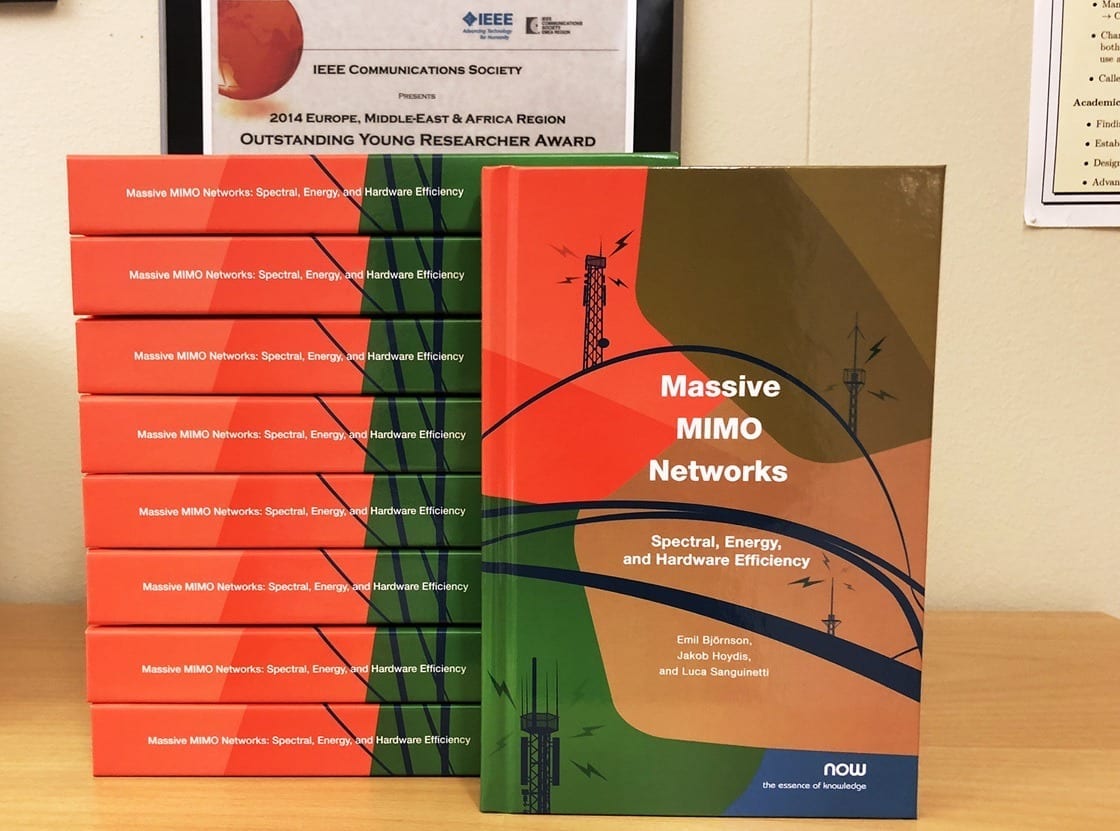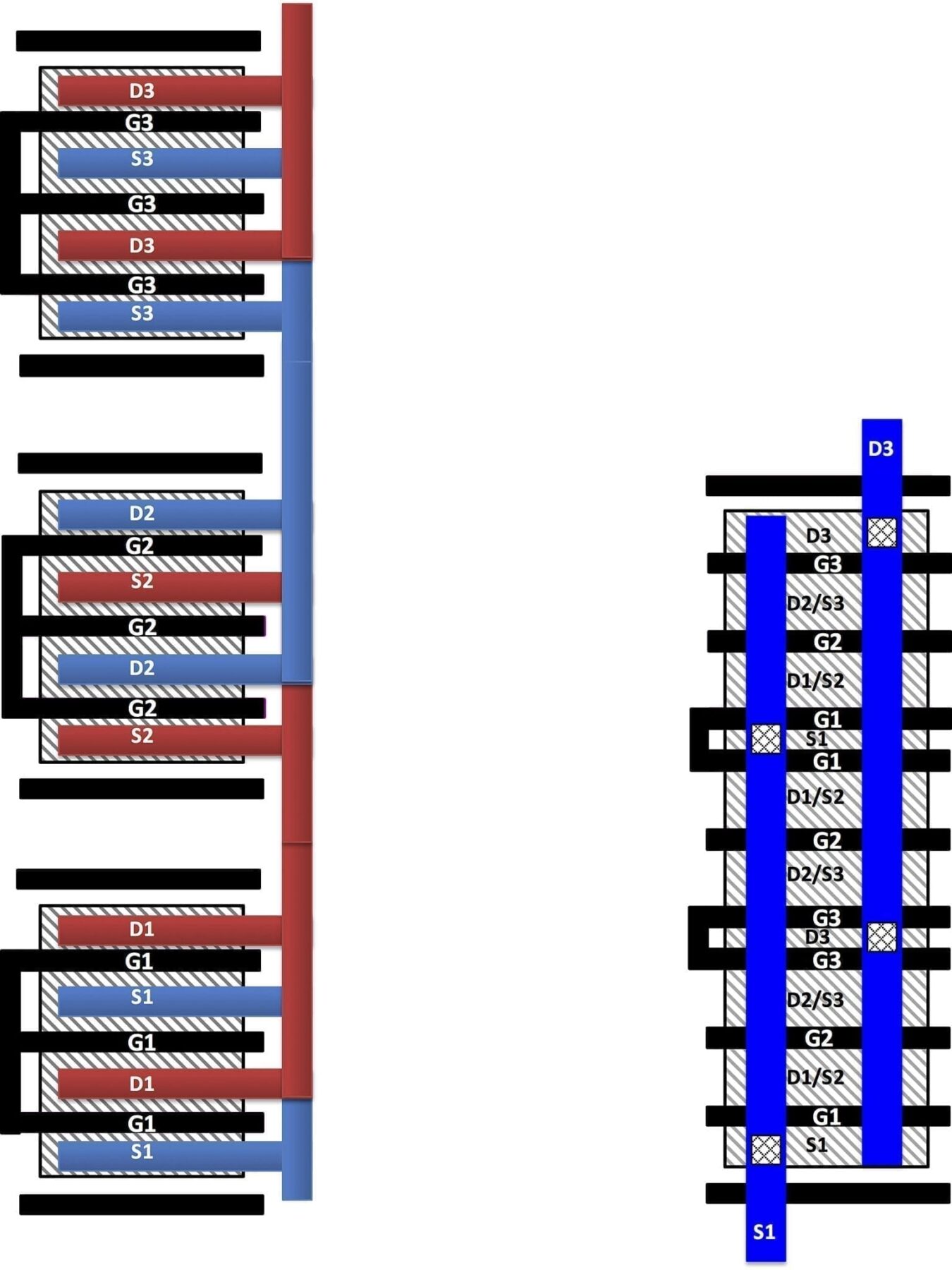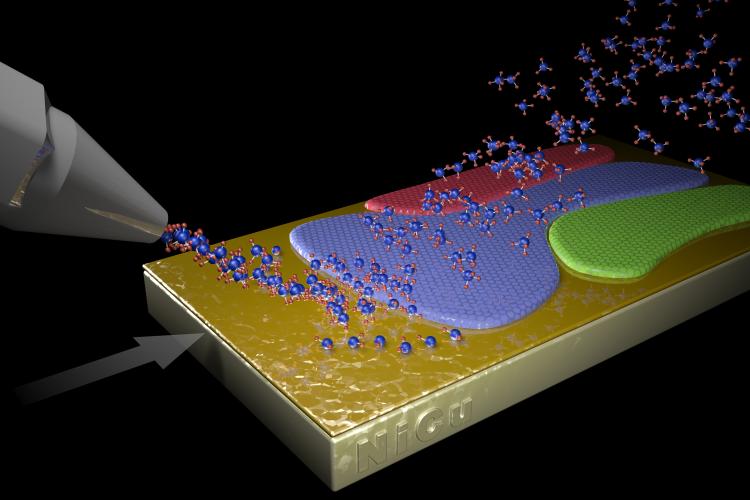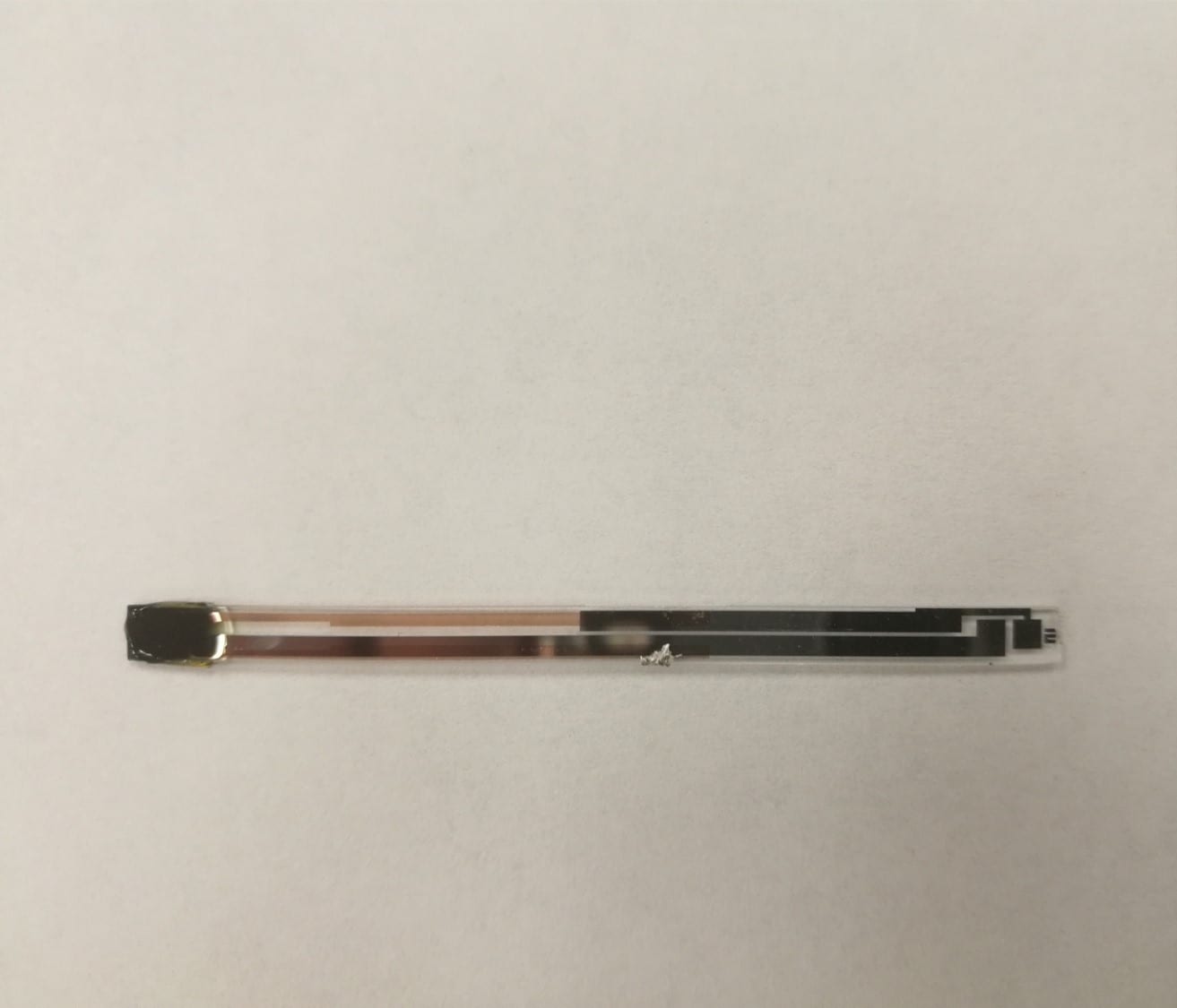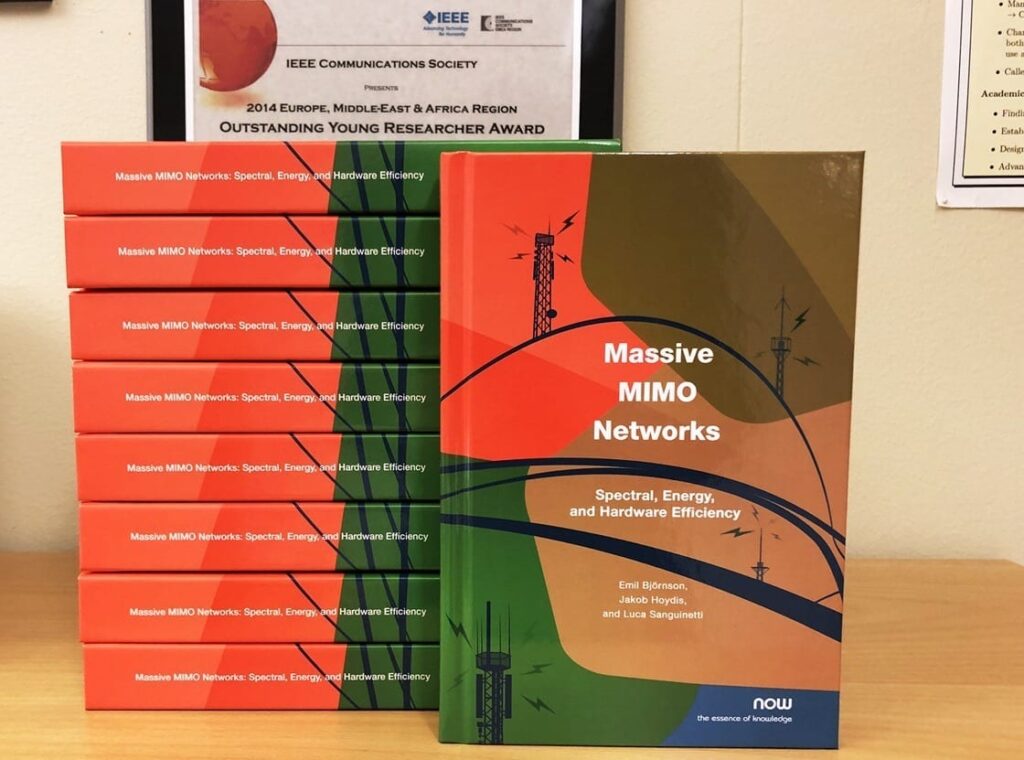
Massive MIMO is an antenna technology that is considered the most promising for future superfast 5G networks, although researchers have until now believed that there is an upper limit for how much data can be transferred. LiU researcher Emil Björnson has shown that there is no such limit.
Pilot Contamination
The massive MIMO technology aroused the interest of 5G researchers at an early stage. However, during the past five to ten years the research community has agreed that there is an upper limit to how much data can be transferred wirelessly per second, given a certain bandwidth and within a certain area. The limiting factor has been a type of disturbance that arises when measuring how the wireless signals travel, known by researchers as “pilot contamination”.
“This conclusion is the result of us using a model that was far too focused on reseach tractability and a method that was too simple,” says Emil Björnson.
By deploying more antennas and processing the signals that are transmitted and received from them in the right way, we can create a system in which there is no upper limit for how much data can be transferred.
He has presented the evidence for this in collaboration with colleagues in France and Italy in an article that has been published both in the open service Arxiv and in the IEEE digital service Xplore. The simulation code is also freely available at Github for anyone who doubts the results and wants to validate them.
Massive MIMO
MIMO is an acronym for “Multiple Input, Multiple Output” and the technology involves connecting hundreds of small antennas, each with a power of around 10 mW, either in something that can resemble a large computer monitor or distributed across the façade of a building.
The three researchers discovered the solution to the “pilot contamination problem” while working with the book “Massive MIMO Networks: Spectral, Energy and Hardware Efficiency.”All the antennas send a few tens of signals with carefully determined delays. The delays are chosen so that the copies of a signal arrive at the intended receivers at exactly the same instant, but at slightly different times at all other receivers. This gives a strong signal at the intended receiver and only a slight disturbance at all the others. Pilot contamination arises when the delays are to be estimated using signals known as “pilots”.
One hundred antennas each of 10 mW gives a power of 1 W, which is distributed among the users. This is considerably less than the 40 W that current antennas use. The low power is enough, since each signal is given in a specified direction. Massive MIMO thus provides a combination of low output power, high energy efficiency and superior capacity, since many receivers can receive signals at the same time. What the new calculations and simulations have shown is that the capacity is infinite.
“The consequence is that we can continue to deploy increasing numbers of antennas, as people consume ever increasing amounts of wireless data, and in this way satisfy the demand,” says Emil Björnson.
The Latest on: Massive MIMO
[google_news title=”” keyword=”Massive MIMO” num_posts=”10″ blurb_length=”0″ show_thumb=”left”]
via Google News
The Latest on: Massive MIMO
- Deep learning empowers reconfigurable intelligent surfaces in terahertz communicationon May 9, 2024 at 10:38 am
The escalating demand for wireless data traffic, driven by the proliferation of internet-of-things devices and broadband multimedia applications, has intensified the search for innovative solutions in ...
- Midea showcases why 5G is key for a smart factoryon May 8, 2024 at 7:00 pm
China’s home appliance company Midea Group is among the manufacturers that have embraced smart factories. In its factory producing air conditioners in Thailand, human workers use 5G-enabled ...
- The Spotlight Turns to Small Cells in the "Winter of 5G"on May 7, 2024 at 5:33 am
Mobile Experts released a new forecast today, predicting a steadier market for small cells amid the "boom and bust" RAN market. After the global supply disruption and subsequent inventory correction, ...
- Massive MIMO units to grow 3x 2023-31on April 29, 2024 at 10:02 pm
Massive MIMO will consolidate its position in 5G RAN and increase its rate of growth in all markets, with total units installed per year rising just over ...
- Unveiling the Future: The Intersection of 6G Networks, Artificial Intelligence, and Machine Learningon April 29, 2024 at 12:31 am
The telecommunications industry has been marked by continuous innovation of products that revolutionize how we communica ...
- Massive MIMO Market Dynamic Resilience Future-Proofing Your Business for Tomorrowon April 21, 2024 at 11:35 pm
report_id=AMR1276 A massive MIMO network is more responsive to devices which operate in higher frequency bands due to improved coverage. In particular, this has considerable benefits for obtaining a ...
- Fundamentals of Massive MIMOon February 26, 2024 at 5:30 pm
Written by pioneers of the concept, this is the first complete guide to the physical and engineering principles of Massive MIMO. Assuming only a basic background in communications and statistical ...
- Massive MIMOon January 23, 2022 at 12:20 pm
While traditional MIMO may involve 2 – 4 (or sometimes more) antennas at one or both ends of a radio connection, massive MIMO uses large two-dimensional arrays of 32, 64, or more antennas.
- How Will 5G Networks Get Faster? Densificationon June 25, 2020 at 5:00 am
Opinions expressed by Forbes Contributors are their own. I'm a tech industry market research analyst that writes about 5G, Edge Computing, AI, Cloud Computing, IoT, Smart Devices and more.
- Massive MIMOon October 9, 2018 at 10:30 am
Massive MIMO has quickly established itself as a crucial 5G technology, particularly below 6 GHz where enhanced spectral efficiency is paramount. By focusing on spatial multiplexing, a massive MIMO ...
via Bing News







